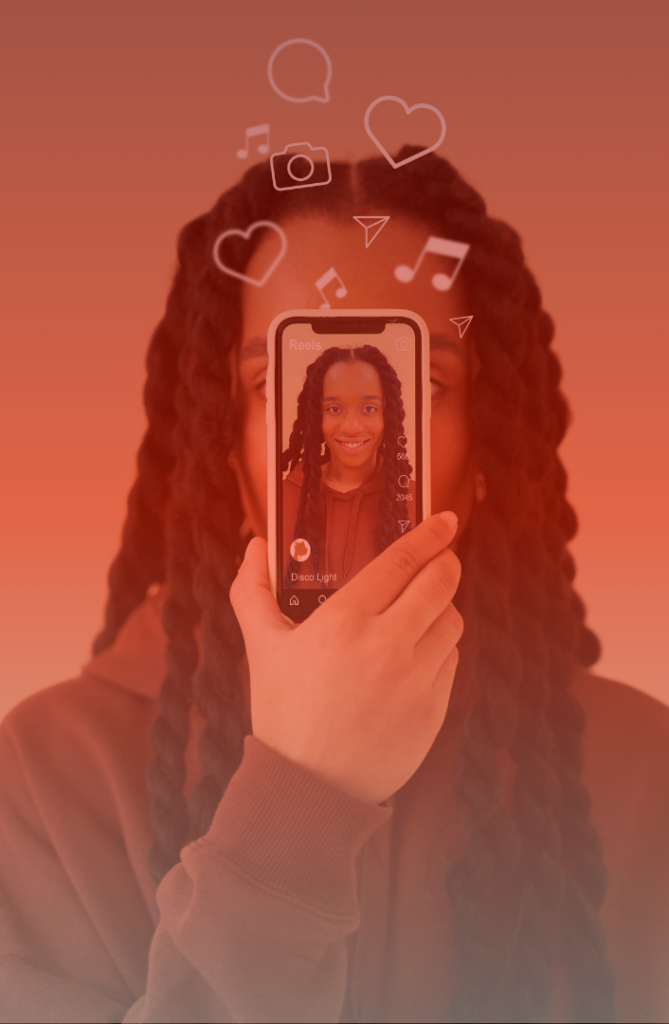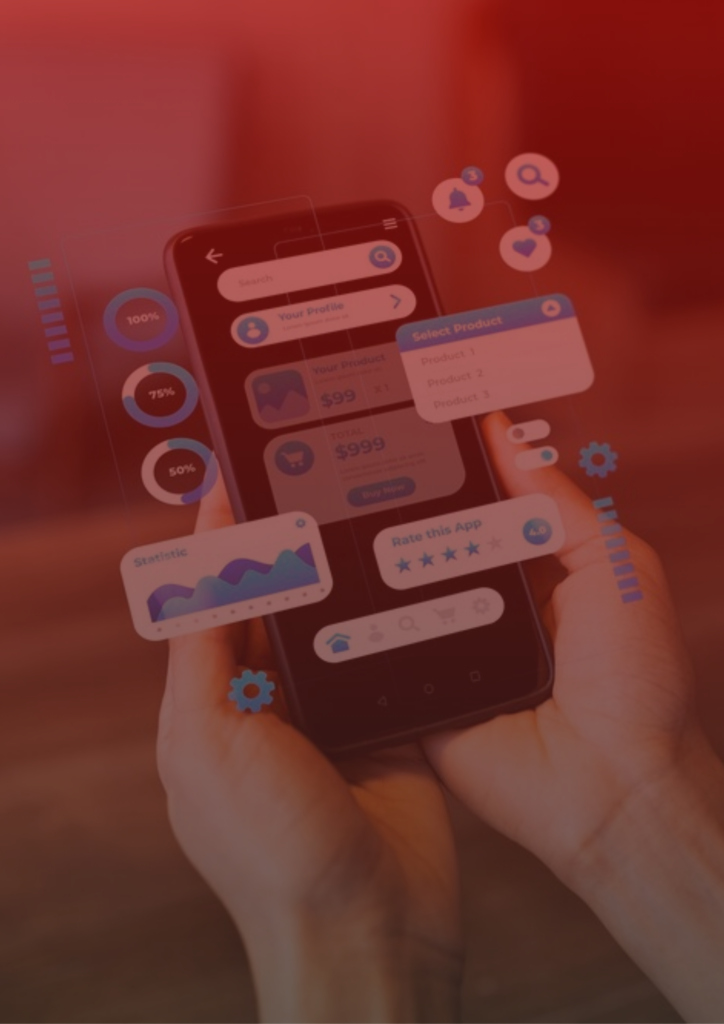In a world flooded with swipe-worthy content and exaggerated promises, app marketers are discovering a hard truth: clickbait is dying, and trust is winning.
In 2025, the most successful mobile app ads aren’t the flashiest. They are the most authentic, the most human, and the most aligned with real user needs. Let’s break down why authenticity is now outperforming manipulation and how your app marketing can evolve to earn attention and conversions.
Why Clickbait No Longer Works

A few years ago, clickbait ads were everywhere:
“This App Will Change Your Life in 7 Days”
“Doctors Hate This One Trick”
“You Won’t Believe What This App Can Do”
But today’s mobile audiences are more skeptical than ever. They’ve been burned by false promises, misleading CTAs, and overhyped results. According to a 2025 SensorTower report, app uninstall rates for users acquired through exaggerated ad claims are 33 percent higher within the first 72 hours.
Additionally, platforms like Meta and TikTok are enforcing stricter ad policies. Misleading content isn’t just ineffective; it can get your campaign blocked entirely.
Why Authenticity Converts Better

Authenticity builds trust, and trust drives action. When users feel like they’re hearing from a real person rather than a marketing machine, they are more likely to engage, install, and stick around.
Top-performing ads in 2025 tend to follow these principles:
Honest messaging about what the app does
A relatable, down-to-earth tone
Real users or creators featured in content
Transparency around pricing or in-app purchases
Native-style visuals that blend into the platform
A report by AdCreative.ai found that user-generated content (UGC)-style ads outperform studio-polished videos by up to 47 percent in install rates. Real beats perfect.
Real vs Fake: Examples That Say It All
Old clickbait style:
“This App Helped Me Make $5,000 in a Week. Download Now.”
Why it fails: Overpromises, triggers skepticism, often violates ad platform rules.
Modern, trust-based approach:
“Here’s how I used [App Name] to manage freelance invoices and finally got paid on time.”
Why it works: Relatable, honest, and addresses a real user pain point.
Another outdated example:
“You’ll Never Stop Playing This Game. It’s Addictive.”
Why it fails: Vague, tired phrasing, lacks a unique angle.
Updated version:
“I’ve tried ten idle games this year. This one is different. Here’s why.”
Why it works: Sounds like a real user opinion. It invites curiosity without hype.

Copy Techniques That Perform in 2025
Speak like a human, not a headline
Avoid exaggerated phrases and market-speak. Use casual, everyday language that sounds like a conversation.
Example: “Tired after work? This 5-minute wind-down helps.”
Use micro-stories
Even in a 15-second ad, a small personal narrative can connect powerfully.
Example: “I started meditating during my morning train ride. This app made it stick.”
Be upfront
If your app has a free trial, subscription model, or limited features, say so clearly. Users appreciate honesty more than surprises.
120K+ installs
CPI reduced by 35%
A 40% increase in 7-day retention rate
All for a fraction of the cost of a traditional ad campaign.
Focus on the why, not just the what
Explain the result or benefit behind each feature.
Example: Instead of “Goal tracker,” write “Stay on track and actually hit your goals.”
Invite simple interactions
Calls to action that suggest immediate value work well.
Examples:
Try it free for 3 days
See which plan fits you best
Track your first habit today
Why It Matters to App Marketers
This shift is more than just a creative trend. Authentic advertising leads to:
Lower acquisition costs from higher-quality users
Fewer uninstalls and refund requests
Better reviews and ratings
Increased trust and organic referrals
Higher retention and lifetime value
Fake urgency and inflated promises may get clicks, but they often drive the wrong users. Authenticity attracts the right users and keeps them.
